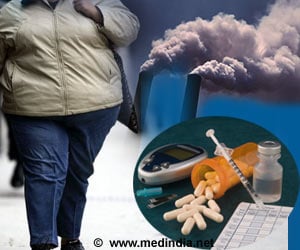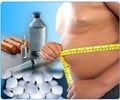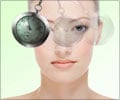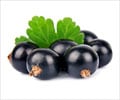Pregnant mice exposed to low doses of tributyltin (TBT), used in ship paints, promotes obesity which affects subsequent generations despite no exposure to the chemical.

The "children" were exposed as embryos, while the "grandchildren" may have been exposed as germ cells within the "children."
The "great-grandchildren" had never been exposed to TBT. Such effects without exposure are termed transgenerational and thought to be permanently transmitted to future generations.
These findings demonstrate that early-life exposure to endocrine-disrupting compounds such as TBT can have permanent effects on fat accumulation, gene expression and stem cell programming without further exposure, said study leader Professor Bruce Blumberg with the UC Irvine Departments of Developmental and Cell Biology, Pharmaceutical Sciences and Biomedical Engineering.
Human exposure to TBT and related organotins can occur in a variety of ways.
TBT contaminates particles derived from products like shower curtains, vinyl flooring, carpet fibers, polyurethane foams, mold-resistant paints and other consumer products, where it is used as an antifungal agent.
Advertisement
Although TBT is now largely banned for use in marine hull paints, it remains pervasive in the environment, and people can be exposed by ingesting TBT-contaminated seafood. Organotins may also leach into liquids that come into contact with organotin-containing plastic pipes, containers and packaging materials.
Advertisement
He and his colleagues identified TBT as an obesogen in a 2006 publication and showed in 2010 that TBT acts in part by modifying the fate of mesenchymal stem cells during development, predisposing them to become fat cells.
The study has been published in Environmental Health Perspectives.
Source-ANI















